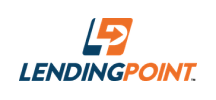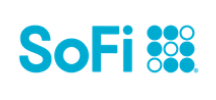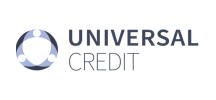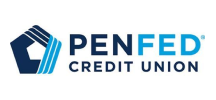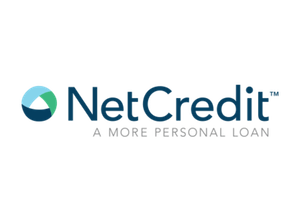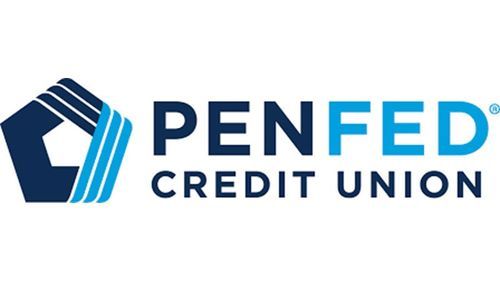The best loan for your home repair project
Compare rates in 3 minutes without affecting your credit score.
Benefits of our financing
Checking rates won’t affect your credit score
Funding in as little as 24 hours
Zero equity
Fixed monthly payments
Hearth, as seen on

Paying for improvements to your house
Average cost
While it’s impossible to give precise numbers, since labor costs vary greatly by location, and material choices affect the final cost, here are average costs for some common repairs and renovations most homeowners will eventually face:
- Replace flooring – $2,890 to $7,900
- Reface kitchen cabinets – $2,470 to $5,000
- Repair a deck – $1,370 to $3,895
- Build a deck – $6,900 to $15,000
- Install or replace landscaping – $3,200 to $9,000
- Replace siding – $5,000 to $13,600
- Repair fireplace or chimney – $446 to $1,700
- Repair a furnace – $267 to $800
- Install an AC unit – $5,200 to $10,000
- Repair an AC unit – $318 to $900
- Replace a roof – $6,600 to $12,000
- Repair a roof – $650 to $1,950
- Repair a clogged drain – $200 to $500
- Trim and remove trees – $658 to $1,500
- Install a water heater – $888 to $1,500
- Repair a water heater – $480 to $1,150
- Install a septic tank – $4,600 to $11,000
- Install electric wiring – $1,300 to $4,000
- Install lighting fixture – $500 to $2,000
If you’re handy, you may be able to lower your costs by taking a DIY approach to some of your repair and renovation projects, although it’s always best to consult a professional before starting on a complex repair.
4 common payment options
In general, you have four options for financing a home repair or renovation project; which one you choose depends on the total costs involved, your personal budget, how much time you have to complete the work, and your credit.
Here’s a quick look home repair financing options:
- Pay in cash. This is usually the preferred way to pay for your home repair projects, but it isn’t always possible, especially if it’s an urgent repair that exceeds your existing savings balance.
- Home equity loan. If you have sufficient equity in your home, you may be able to qualify for a home equity loan or line of credit to pay for your repair and renovation projects.
- Personal home improvement loan. These loans don’t require any equity in your home and are usually available in amounts up to $35,000, enough to cover most home repairs and improvements.
- Home improvement credit cards. Credit cards are flexible financing solutions that work well for smaller projects, especially if you qualify for a 0% introductory rate.
In some cases, you may have another option, vendor financing, for your project.
For example, if you need to replace your roof, your roofing company may finance the work.
Paying in cash
The simple answer is “whenever you can.” If you have savings on hand to cover the amount of the repairs, it’s always a good idea to pay cash.
Some repairs can safely be postponed for a few months to allow you to sock away enough money to pay for them, but others simply can’t wait.
Even a seemingly minor crack in your chimney could indicate a moisture issue that leaves your home vulnerable to structural damage.
In general, it’s best to complete minor repairs as soon as they come up to prevent them from becoming catastrophic issues later on.
Home equity loans
Home equity loans can be a great choice if you have adequate equity to cover the cost of your repairs. They generally have the lowest interest rates compared to other home repair financing options.
However, there are a few drawbacks to keep in mind before you jump into a home equity loan:
- Your home is collateral for the loan, which means your lender can foreclose if you don’t make your payments as agreed.
- Repayment terms are quite long, usually 15 or 30 years, which does keep monthly payments low, but you’ll be paying for your repairs for years to come—and you may have a stiff prepayment penalty if you want to pay your loan off early.
- There are a lot of costs involved in the application process, including an appraisal in most cases. You could wind up paying thousands in fees and closing costs to obtain the loan.
- These loans can take up to 45 days to close, so if you have an urgent home repair, you won’t be able to get the work done in a timely manner.
Home improvement loans
A zero-equity personal home improvement loan is basically a signature loan, which means your home or other collateral isn’t necessary to secure it.
These loans are a great choice for larger projects of $1,500 or more when you need the money right away.
Other advantages to personal home improvement loans include:
No application costs or hidden fees; you pay one simple loan origination fee once your loan is approved.
Quick approval and funding—in most cases, you get your money in 2 to 10 days.
Flexible repayment terms, generally between 3 and 7 years, so you can get a monthly payment that works for you, and pay it off in a reasonable period of time with no prepayment penalty.
Fixed, predictable monthly payments so you can budget responsibly for your home repairs.
Note, however, that most lenders require a credit score of at least 640 to qualify, so if your credit is a little shaky, a personal home improvement loan may not work for you.
That said, if you do have bad credit, you may still be able to get a personal home improvement loan, but the interest rates will be quite a bit higher. If your credit needs work, it’s best to only finance truly urgent and necessary repairs that can’t be postponed.
Home improvement credit cards
Many lenders are offering 0% introductory interest rates for between 6 and 12 months on their home improvement credit cards, making them an extremely attractive option for smaller repairs you can pay off quickly.
Things to keep in mind when using a home improvement credit card to finance your home repairs:
- There are no application or origination fees; once approved, you usually get your card in 10 days or less.
- If you can pay your balance in full during the introductory term, you won’t pay any finance charges for your project. However, after the introductory rate expires, you could pay 15% or 20% on your balance, which is significantly higher than other types of financing.
- Home improvement credit cards offer a lot of flexibility, especially for a DIY repair—you can simply swipe your card at the local home improvement store to buy the materials you need to complete the work. On the other hand, if you are using a contractor for the work, you may be charged a 3% to 5% surcharge to cover your contractor’s costs for accepting credit cards. Be sure to ask before you use your card to pay a contractor.
Vendor financing
Vendor financing can be one of the cheapest ways to get the money you need to complete a repair project; some vendors offer low interest rates and special prices on installation to customers who finance.
However, there are a few things to know before you use private vendor financing:
- You may have to use a particular product, such as a type of shingle or siding, in order to qualify for financing, which may or may not be what you really want, or be within your planned budget.
- The amount of financing offered may not fit your budget; you may either have to pay for part of the work yourself in cash, or upgrade to a more expensive material or larger scope of work, to get a loan.
- Some contractors will place a lien on your home until the loan is paid off, which means the company can force foreclosure if you don’t make your payments as agreed.
Be sure you understand all the terms of the financing contract before you accept vendor financing for your home repair project.
Get started with Hearth
If you need financing for an urgent home repair and you don’t have the time or the equity to apply for a home equity loan, Hearth can help you find the best terms on a personal home improvement loan or home improvement credit card with our network of lending partners.
Apply for a loan today to get personalized rates in 60 seconds without affecting your credit score.
Don’t let a small repair become a major catastrophe!
Let Hearth help you get your project done quickly with a home improvement loan or credit card.

